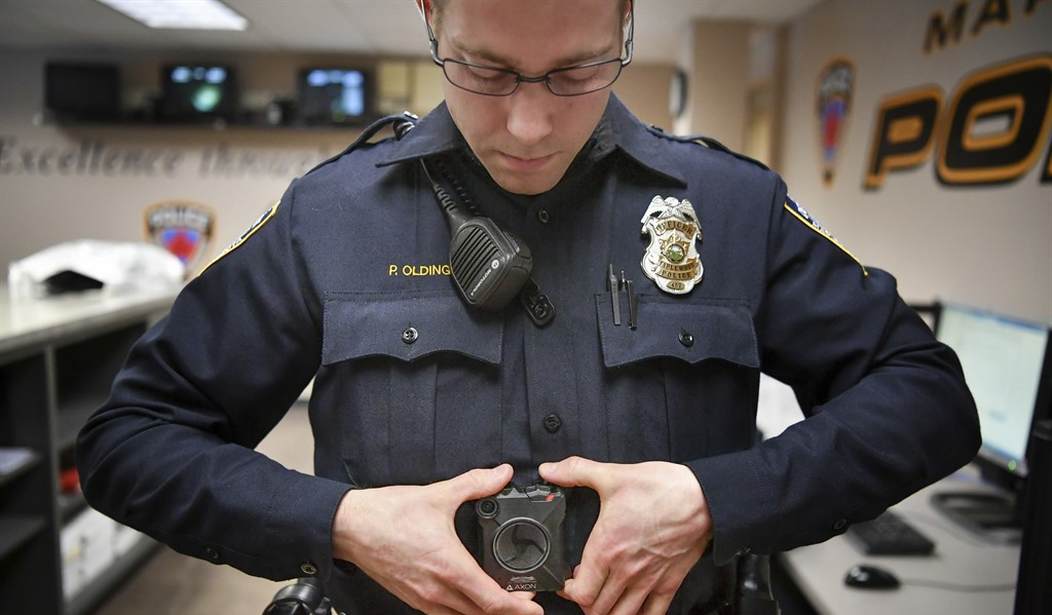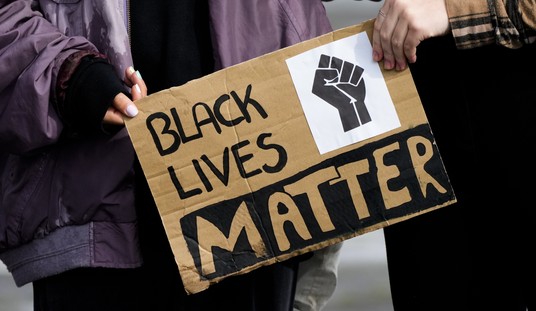In Minneapolis’s Fulton neighborhood a makeshift memorial has sprung up. Amidst flowers, a handwritten sign reads, “Why did you shoot and kill our neighbor?”
Justine Ruszczyk, a 40-year old Australian woman, moved to America in 2015 to be with her fiancé, Don Damond. They were to be married next month. Many news stories identify her as Justine Damond because she had already begun to use her married name.
Now, instead of a wedding, Ruszczyk’s body returns to Australia for burial.
Last Saturday night, Justine heard what sounded like a sexual assault occurring in the alley behind her home. She likely had no hesitation in seeking help from the police and dialed 911.
“I can hear someone out the back and I, I’m not sure if she’s having sex or being raped,” she informed the dispatcher. “Yeah. It sounds like sex noises, but it’s been going on for a while and I think she tried to say help and it sounds distressed.”
The dispatcher told her the police were on the way. Eight minutes later, still hearing a woman screaming, Justine called 911 back. Again, she was told a patrol car was on the way and . . . moments later, the police arrived.
Moments after that, however, Justine Ruszczyk Damond was dead. Shot by the cops she had called for assistance.
Still, days after the inexplicable tragedy, Justine’s family and fiancé, Don Damond, were “provided with almost no additional information from law enforcement regarding what happened after police arrived.” Police and other public officials in Minneapolis were mum awaiting an investigation by the Minnesota Bureau of Criminal Apprehension (BCA).
Recommended
Now, the BCA has begun to publicly release information from that ongoing investigation, including officially identifying the police officers involved as Officer Matthew Harrity and Officer Mohamed Noor. Harrity was driving the squad car and Noor was in the passenger seat.
In a news release, the BCA reported this sequence of events:
“The officers drove south through the alley between Washburn and Xerxes avenues toward West 51st Street in search of a suspect. All squad lights were off.
“As they reached West 51st Street, Officer Harrity indicated that he was startled by a loud sound near the squad. Immediately afterward Ruszczyk approached the driver’s side window of the squad. Harrity indicated that Officer Noor discharged his weapon, striking Ruszczyk through the open driver’s side window.
“The officers immediately exited the squad and provided medical attention until medical personnel arrived. Ruszczyk was pronounced dead at the scene.”
No gun or other weapon was found, only a cell phone near Justine’s body.
An unarmed woman in her pajamas just doesn’t seem very threatening. As Australian Prime Minister Malcolm Turnbull seemed to imply, asking, “How can a woman out in the street in her pajamas seeking assistance be shot like that?”
It’s a fair question. The state’s Bureau of Criminal Apprehension continues to seek the answer. Though Officer Harrity has spoken to investigators, Officer Noor has declined to speak to the BCA.
“We cannot compel Officer Noor to make a statement,” Minneapolis Mayor Betsy Hodges said. “I wish we could. I wish that he would make a statement.”
But such a statement is highly unlikely — ever. Joe Friedberg, a Minneapolis defense attorney (not representing anyone in this case), spoke straightforwardly: “Any lawyer that would recommend to him that he should give a statement to the BCA should be disbarred. Nobody should ever speak to law enforcement when they’re the subject of a criminal investigation.”
We may never know all the facts of this case, of course. Even had the police been wearing body cameras, the video might not have given us all the information we need. But, then again, that footage could have provided the public with invaluable evidence.
Wait a second . . . both police officers in this case were outfitted with body cameras. They simply failed to turn the cameras on.
Cameras do not work when switched off.
Public support for body cameras is overwhelming; their use is rapidly spreading to police forces throughout the country. But in most cases, there are few if any rules for how law enforcement should employ the cameras — or providing real consequences for failure to employ the cameras. Nor do most jurisdictions have sensible rules requiring public access to the footage.
The beauty of cop cams is that they favor neither the cop nor the citizen. The moving pictures captured are as likely to implicate or exonerate one party as the other in any altercation. Moreover, providing the public with confidence that this evidence will be brought to light is important.
When our police have the license to release the tape when it tends to clear the cop, but withhold the video from the public when it serves to point blame at the officer, the whole selling point of cameras is destroyed. Police already have some obvious advantages in these deadly incidents without unfairly awarding them another.
It is time to set into law those rules that would make police body cams work to protect us all. The best policy is not to give individual officers control over when the cameras are turned on and off. Too often, they won’t be turned on in the intensity of a violent confrontation. It may be necessary for the cameras to simply be on at all times.
Nor should access to the video footage be controlled by the police department, and parsed out to the public as it serves police interests.
There are costs to managing the video footage that is generated and necessary protections for privacy. But these problems are far from insurmountable, and are daily being made less problematic as technology improves.
The solution is for Americans, you and me, to get engaged in setting the ground rules so that police body cameras are turned on and the footage made available to the public.
























Join the conversation as a VIP Member